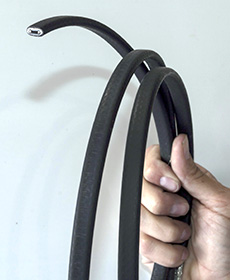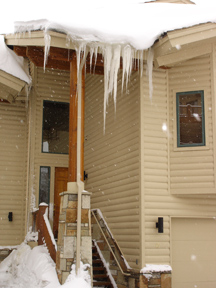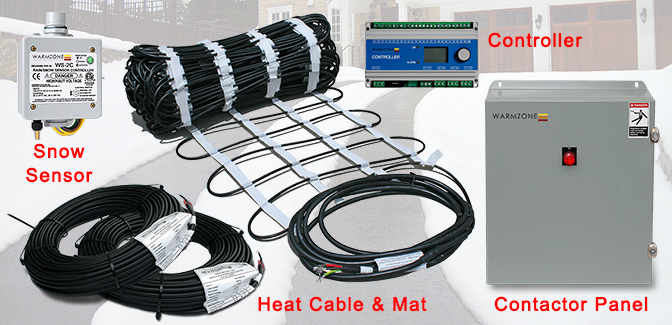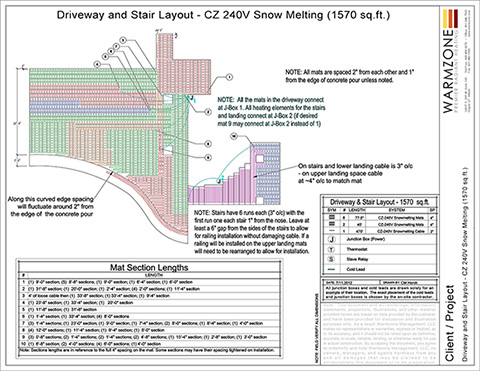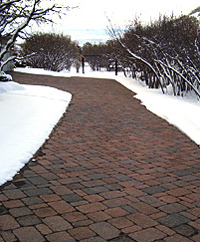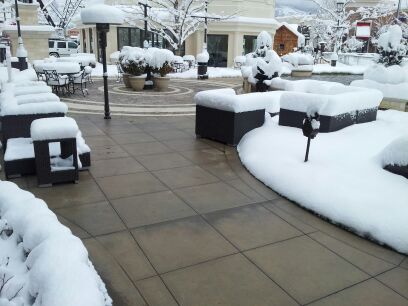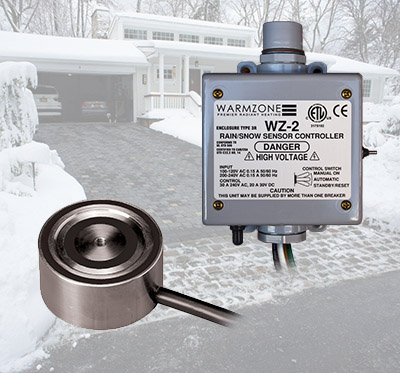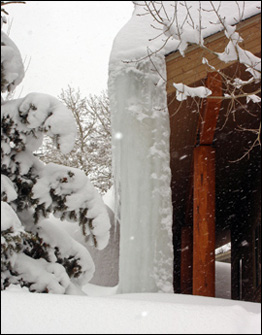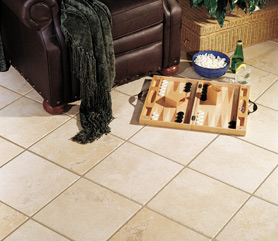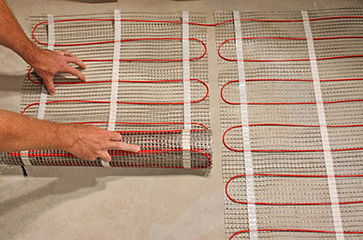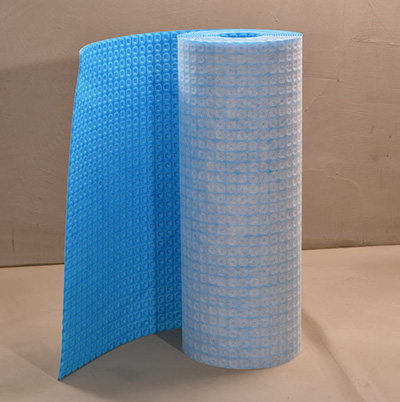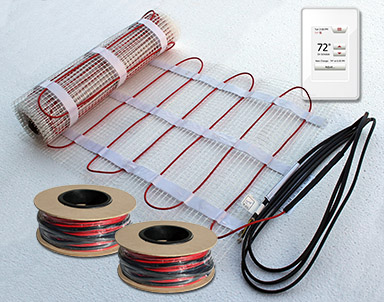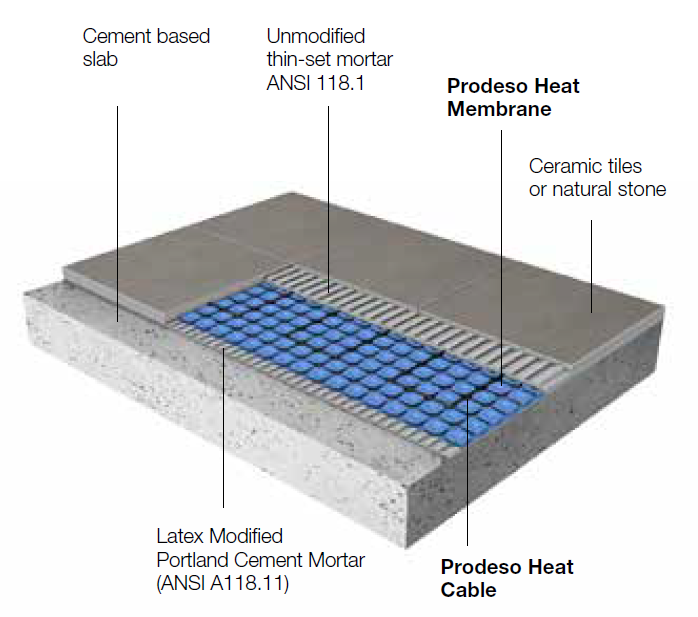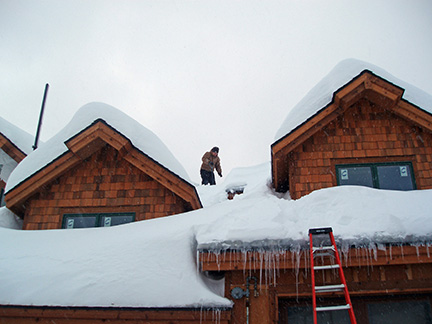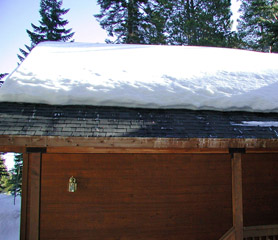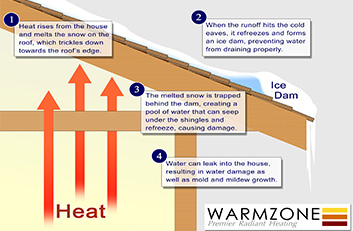Custom Heated Driveways, Sidewalks and more
Warmzone has been designing snow melting systems for a wide variety of applications for almost two decades. From commercial parking structures and residential driveways to sidewalks, steps and even runaway truck ramps, we’ve provided a radiant heat solution for just about every application imaginable.
Warmzone customers choose to install snow melting systems for several reasons. Some are for commercial applications and are installed to eliminate the need for manual snow removal as well as to enhance safety for patrons. Being fully automated, radiant snow melting systems provide reliable snow removal, regardless of the hour. This way, customers are assured of having clear walkways to and from the business.
Some clients are unable to manually shovel the snow due to physical/medical limitations. Others need to heat their driveway because it is on a steep incline. Doctors and emergency response personnel need to be able to exit driveways quickly, regardless of the weather, and radiant heat has proven to be ideal under those circumstances. And of course, there are some projects that fall into the “luxury” category.
Regardless of the customer’s need, each Warmzone snow melting system is customized specifically to best meet the needs of the customer. We do not take a “one size fits all” approach. Every Warmzone system is designed to ASHRAE standards to ensure that customers receive the most effective and efficient snow melting solution for their location, layout, and snow melting needs.
Warmzone provides industry leading system design services. Our detailed AutoCAD drawings not only show the layout of the cable and components, but include all the necessary electrical information, such as the proper load calculations, breaker sizes, number of breakers, etc.
Fully Automated
Warmzone snow melting systems feature the industry’s top controls. Most driveway heating systems utilize the WS-2C aerial-mount snow sensor (activation device). The unit features an interleaved grid “moisture” sensor at the top and the brass cylinder protruding from the bottom of the unit is the temperature sensor. When the controller detects precipitation and the temperature is below the designated set point, the unit signals the contactor panel and power is sent to the heating cable. The UL listed panels are available with or without GFEP included. (This is an excellent cost – and time – savings option for electricians.) The resistance cable then warms the driveway surface.

The advanced snow sensor is mounted out in the open where it has a clear view of the sky and is exposed to the weather. To ensure that the sensor is able to make accurate temperature readings, make sure it is not mounted near furnace vents, dryer vents or any other source of heat.
Maintenance Free Snow Melting System
Because the system has no moving parts it requires no routine maintenance; however, it is recommended that the sensor be powered down and the small sensor grid be wiped clean with clear water once every 4 months.
Radiant heated driveways and snow melting systems can be easily customized to accommodate the homeowner’s layout, snowmelt needs, and budget. While every snow melting system can be tailored for each unique installation, some common layout options include:
Heat the most trafficked areas – Rather than heating the entire driveway, some owners choose to heat only the areas that receive the most traffic. An 8-foot strip in the middle of the driveway or a 2-foot strip down the middle of a sidewalk may be all that the customer needs/wants. This still allows clear access for vehicles and/or pedestrian traffic, but brings down the installation cost as well as operational costs.
Heated tire tracks – Another affordable option (that also requires considerably less power) is to heat two 24-inch wide tire tracks. This is a popular solution for customers with limited power or a limited budget. Not only does this make the installation more affordable, but the layout also demands less power, making it more affordable to run.
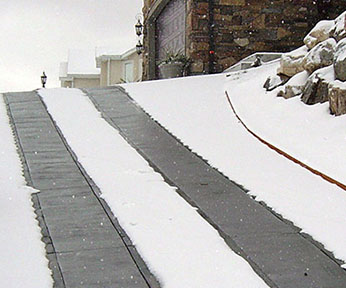
Heat Specific Areas – Some areas are prone to ice buildup or are on a steep incline. Radiant heat can be installed to keep the incline (or shaded areas) clear of snow and ice to enhance safety as well as convenience. This is especially beneficial for those with driveways that run downhill and into a busy road.
Because Warmzone radiant snow melting systems are fully automated, business owners can be assured that parking areas and walkways are kept clear at all times during snowy days. There’s no need to have employees arrive early to shovel or go outside periodically to clear and salt the walks. When a snowstorm hits, the radiant heat system will activate and keep the walks clear. Once the storm abates, the system remains on for a short time to dry the area (to prevent ice buildup) and then shuts off. Because this “after run” feature provides dry, safe walking areas for customers, it greatly reduces the chances of business owners being hit with dreaded personal injury lawsuits.
Industry Leading Support Services
Don’t forget, Warmzone is the innovative leader when it comes to customer service. Installers not only receive a detailed layout with all the technical information, but can talk with a radiant heat expert any time and receive technical support whenever they have a question during the installation. (See Warmzone’s November Newsletter below for more information about Warmzone’s system design services.) Warmzone also hosts a library of helpful installation videos on its website. Check out Warmzone’s Installation Videos here.
Warmzone also provides free installation training. Installers receive personal training and can complete the installation course at their own pace. Electrical and design experts are on hand to assist you during the training and/or the installation. Warmzone stands by its customers to ensure that the system is installed correctly and the customer is satisfied.
For more information, or a free quote, contact Warmzone today at 888.488.9276.

